<Back to Index>
- Composer and Pianist Roberto Firpo, 1884
- Conductor and Violinist Francisco Canaro, 1888
PAGE SPONSOR
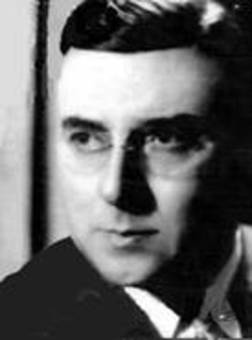
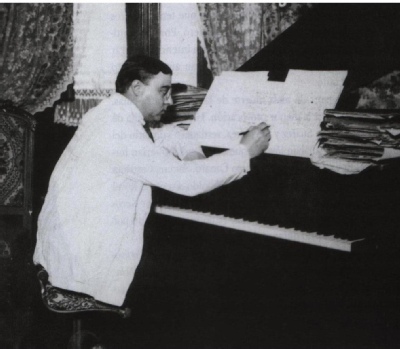
Roberto Firpo (May 10, 1884 – June 14, 1969) was an Argentine tango pianist, composer and leader.
Firpo was born in the Flores district of Buenos Aires, where his father owned a grocery store. Firpo left school at 15 to work with his father and then several other companies, he eventually saved 200 Pesos (around US$ 100, at the time) to buy his first piano.
Around 1903 he began to have lessons with one of the greats of the period, Alfredo Bevilacqua. In 1907 he began composing and performing.
During his career Firpo played in most of the famous Buenos Aires tango venues such as the Armenonville, El tambito, Palais de Glace, Bar Iglesias, L’Abbaye, Teatro Buenos Aires, Teatro Nacional, Salón San Martín and Colonia Italiana.
In 1930 he gave up his tango career for a short while to try his hand at cattle ranching, but he was forced to return to tango after floods decimated his stock and he lost the rest of his fortune on the stock market.
Firpo retired in 1959 and died on June 14, 1969.
It
is estimated that Firpo made between 1,650 and 3,000 recordings in his
career. He is considered one of the most conservative of the tango
traditionalists but also one of the greatest and most prodigious of
tango musicians and composers.
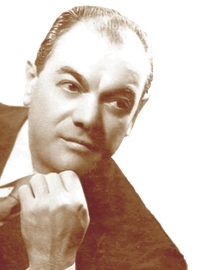
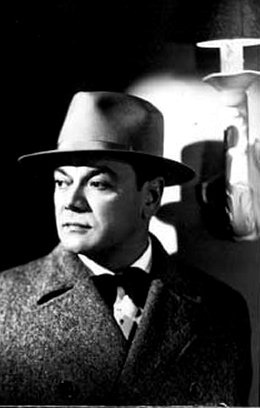
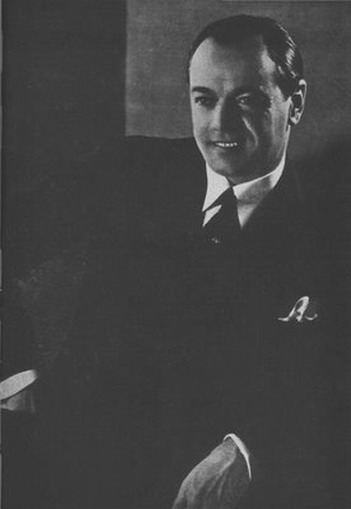
Francisco Canaro (November 26, 1888 – December 14, 1964) was an Uruguayan - Argentine violinist and tango orchestra leader.
His parents, Italians, emigrated to Uruguay, and later - when Francisco Canaro was less than 10 years old, they emigrated to Buenos Aires (Argentina) in the late nineteenth century. Canaro was born in San José de Mayo, Uruguay, in 1888. As a young man he found work in a factory, where an empty oil can would, in his skilled hands, become his first violin. Performing in seedy bars initially,
he ultimately forged a career that spanned many decades, and his
orchestra was one of the most recorded. His introduction to the tango
came by orquesta típica leader Vicente Greco in 1908, and in 1912, he composed Pinta brava (Fierce Look). Canaro composed the music for the 1915 Argentine classic, Nobleza gaucha, and later was romantically attached to Argentine actress and tango vocalist Ada Falcón, but the relationship, which began in the early 1920s, grew apart a decade later.
Canaro was active in the cause of intellectual property rights from 1918 onwards, and was instrumental in the establishment of the Argentine Society of Composers and Songwriters (SADAIC), in 1935, purchasing the downtown Buenos Aires lot where its headquarters were built. He performed in Paris with his orchestra in 1925, and being a success among local audiences, he remained in Europe for a decade. Becoming a naturalized Argentine citizen in 1940, much of his recorded music is in the classic salon style of that decade, but he is also considered a member of the old guard, and some of his later recordings contributed to the transition to concert tango.
His orchestra became a fixture on Argentine radio during the 1940s and early '50s, though for many contemporary dancers and listeners, his early golden age recordings remained the best in their genre. Canaro authored his memoirs, Mis 50 años con el tango (My Fifty Years with the Tango) in 1956, but later developed Paget's disease, and was forced to retire. He died in Buenos Aires in 1964.